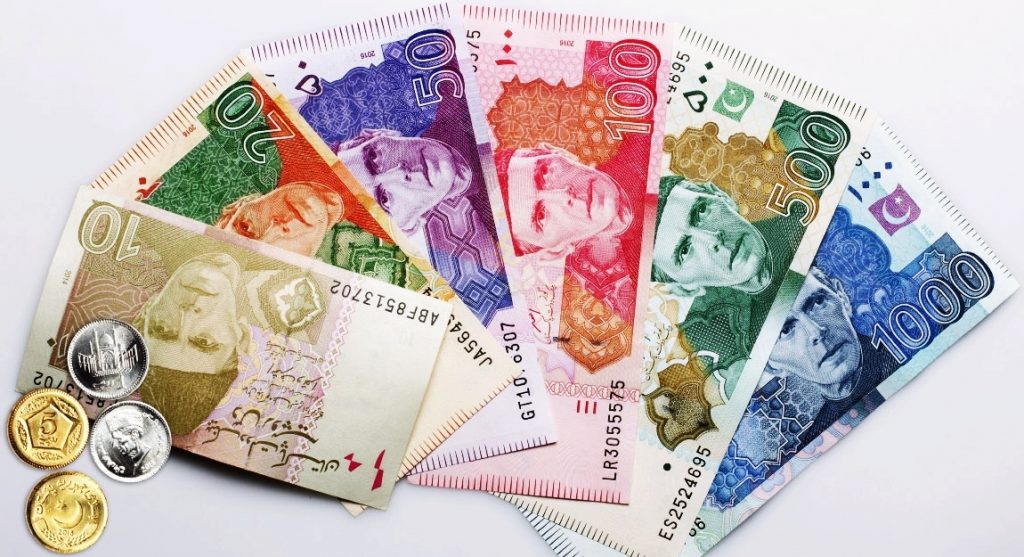Karachi: For the first time in Pakistan’s history, the US dollar Thursday hit the 300 rupees barrier against the local currency in the interbank as well as the open market as the cash-strapped country faced political turmoil following the arrest of former prime minister Imran Khan.
The Pakistani rupee has taken a big hit since Tuesday as violent protests broke out in different parts of the country following the arrest of Khan in a corruption case.
The Karachi Stock Exchange and the currency market both showed clear signs of the unstable political situation in the country with Pakistan Tehreek-e-Insaf (PTI) workers protesting in many parts of the country.
According to currency dealers, the US dollar was selling at 301 rupees at one point in the open market before trading ended for the day while in the interbank it had hit 299 rupees in mid-afternoon.
“This is the first time the dollar has crossed the 300 rupees market in our history and just shows how much impact the ongoing violent protests are having on the economy,” Zafar Bostan of the Pakistan Forex Exchange Association said.
Wednesday, the dollar had risen by eight rupees or 1.8 per cent and was available at 292 rupees and when the markets opened Thursday the downslide continued with the rupee rapidly losing more value to the dollar.
Paracha currency exchange accused the banks of again using the deepening political crisis to make money “unlawfully”.
The central bank in the past has also said that the banking market was responsible for artificially increasing the dollar rates to earn profits, and it had announced that it would penalise these banks.
Financial analysts said the worsening economic situation had only got worse after the arrest of PTI chairman Khan.
The violent protests following the arrest of the cricketer-turned-politician have left at least eight people dead and nearly 300 others injured in clashes between protesters and law enforcement agencies and prompted the authorities to deploy the army in the country’s capital Islamabad, as well as in Punjab, Khyber Pakhtunkhwa, and Balochistan provinces to maintain law and order.
“The funny part is that the uncertain political situation didn’t directly impact the imports and exports, but the interbank market reacted to earn profits from the situation.
The financial analyst, Hamza Majeed, said the poor foreign exchange reserves were also a threat to the exchange rate, while the International Monetary Fund’s (IMF) delay in releasing the tranche of $ 1.1 billion made the situation worse for the country.
“With default chances on the rise and Moody’s also warning of an imminent default by Pakistan because we need around $ 30 billion in the next fiscal year from June for debt servicing,” Majeed said.
The State Bank has about $ 4.5 billion in foreign exchange reserves, barely enough to cover one month’s of imports.
Exports are on the decline, while foreign direct investment also dropped during the first nine months of the current fiscal year.
Cash-strapped Pakistan is awaiting a much-needed $ 1.1 billion tranche of funding from the Washington-based global money lender, which was originally due to be disbursed in November last year.
The funds are part of a $ 6.5 billion bailout package the IMF approved in 2019, which analysts say is critical if Pakistan is to avoid defaulting on external debt obligations.
Pakistan, currently in the throes of a major economic crisis, is grappling with high external debt, a weak local currency and dwindling foreign exchange reserves.
PTI
